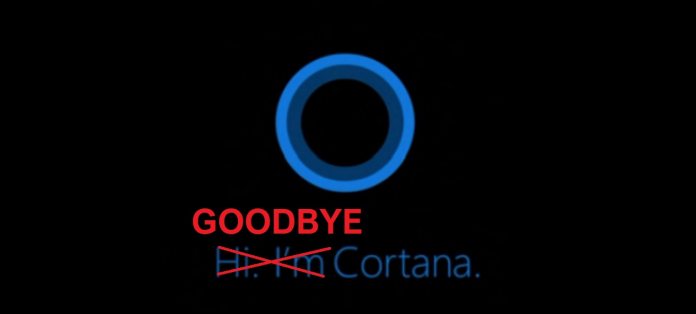1 Deprecated Features2 Removed Features
As is customary with every major Windows release, Microsoft has detailed what features have been depreciated and removed. For Windows 10 May 2020 Update, the list of removed tools features some recognizable names. “Each version of Windows 10 adds new features and functionality; occasionally we also remove features and functionality, often because we’ve added a better option,” a Microsoft support document notes. This essentially means Microsoft has either killed or will kill off the features listed in the document. Perhaps the most notable depreciation is Microsoft Edge. This is the company’s web browser that was built-in to Windows 10. Of course, Edge is based on the Chromium platform these days so Microsoft is stopping development on the application. Users on Windows 10 will still be able to access legacy Microsoft Edge but Microsoft is no longer handling updates. Elsewhere, Microsoft has named Cortana amongst its list of removed features. The company paints this as a positive because Cortana is now enhanced in Windows 10 May 2020 Update. She has her own app and handled productivity management on Windows 10. However, for consumers there are few positives because tools like connected home integration and media playback are now gone.
Deprecated Features
“Companion Device Framework. The Companion Device Framework is no longer under active development. Dynamic Disks. The Dynamic Disks feature is no longer being developed. This feature will be fully replaced by Storage Spaces in a future release.”
Removed Features
“Cortana. Cortana has been updated and enhanced in the Windows 10 May 2020 Update. With these changes, some previously available consumer skills such as music, connected home, and other non-Microsoft skills are no longer available. Windows To Go. Windows To Go was announced as deprecated in Windows 10 version 1903 and is removed in this release. Mobile Plans and Messaging apps. Both apps are still supported but are now distributed in a different way. [PC makers] can now include these apps in Windows images for cellular-enabled devices. The apps are removed for non-cellular devices.”




